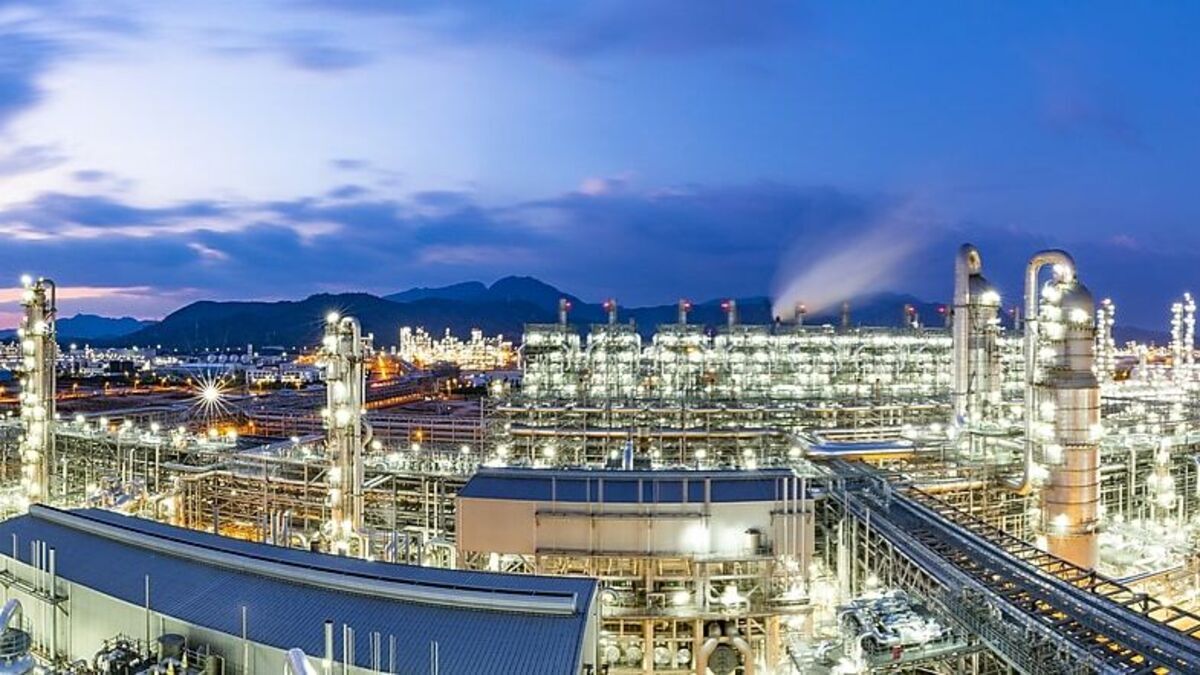The three oil majors signed an MoU with Guangdong Provincial Development & Reform Commission to build a carbon capture and storage project to reduce greenhouse gas emissions at the Dayawan Petrochemical Industrial Park in Huizhou, Guangdong Province, China
The companies will assess the commercial opportunity for carbon capture and storage in one of China’s largest industrial areas, evaluate the carbon policy systems in China and propose policies for consideration that would support the deployment of carbon capture and storage in Dayawan Petrochemical Industrial Park.
Initial assessments of the project indicate the potential to capture up to 10M tonnes of CO2 per year (mta) from Dayawan’s industrial sector, supporting China’s publicly stated goal of achieving carbon neutrality by 2060.
Currently, China’s biggest carbon capture project is Sinopec’s 1-mta Qilu Petrochemical-Shengli Oilfield project in Shandong province, which was delivered this January. If successful, the Dayawan project will become one of the first demonstrative petrochemical projects to be decarbonised.
ExxonMobil low carbon solutions president Dan Ammann said, “Collaboration with government and industry is an important part of unlocking future carbon capture and storage opportunities, with the potential for large-scale reductions of emissions from vital sectors of the global economy.”
CNOOC already operates the 440,000 b/d Huizhou I refinery and separately operates a petrochemical joint venture with Shell at Huizhou which began operations back in 2006.
Other major carbon capture ventures have launched this year, including one by EcoLog, a new company backed by Peter Livanos’ Ceres Shipping. It aims to be a major player in the carbon capture utilisation and storage segment by offering ships with 20,000 m3 storage capacity for short distances and 85,000 m3 for longer ones. Each ship will transport over 1 mta of CO2 between EcoLog’s import and export terminals.






